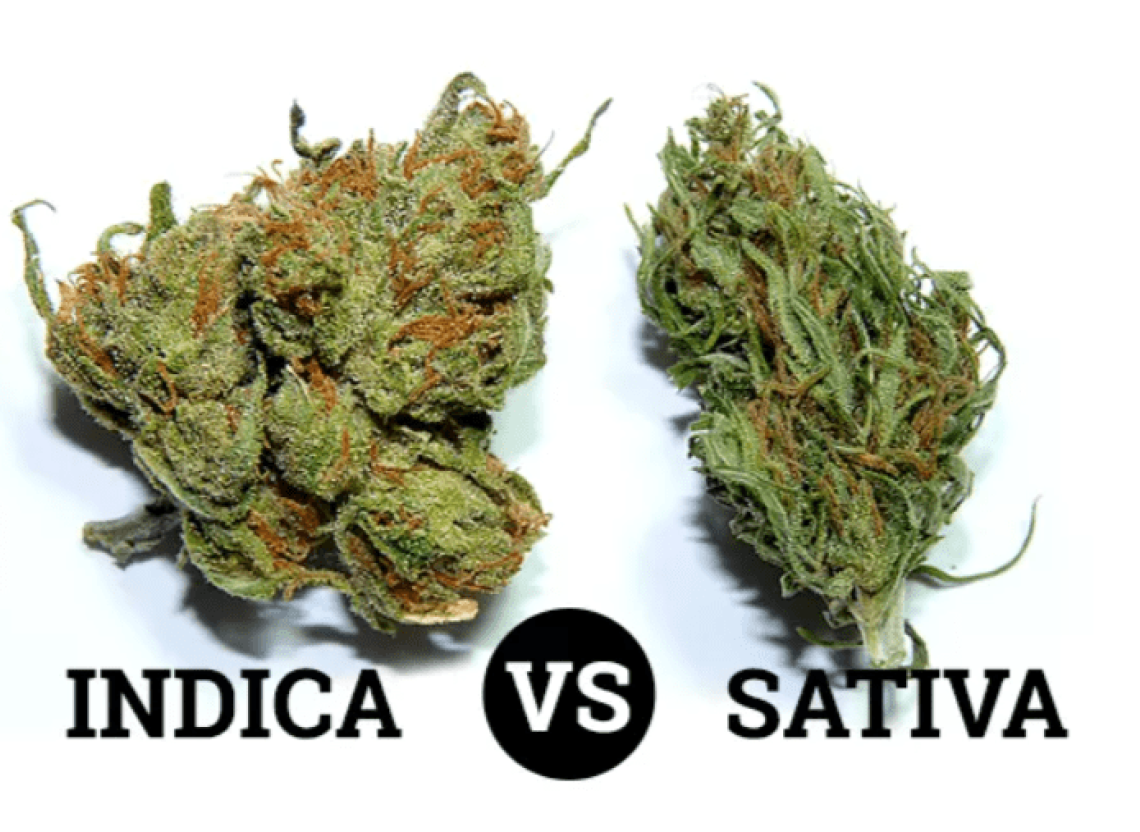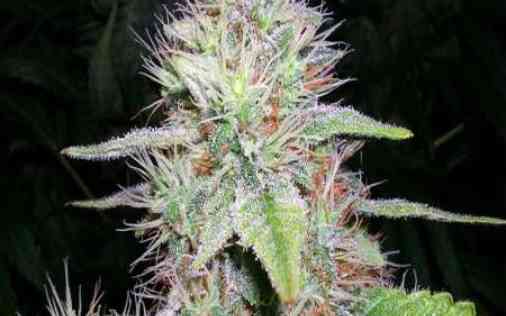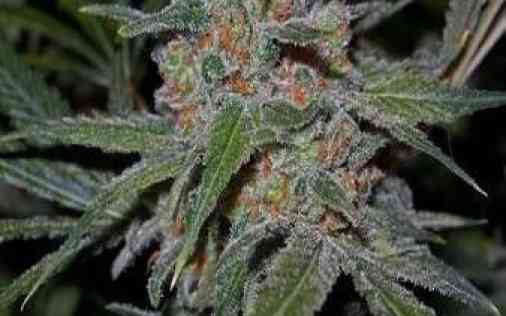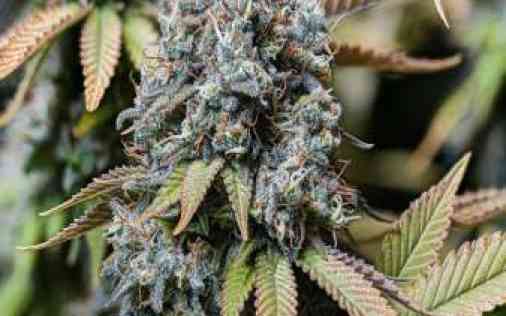Different Types of Cannabis Genetics: Indica, Sativa, and Hybrid Strains
The effects of cannabis can vary greatly depending on the subspecies or strain used. Cannabis Sativa L has two main subspecies that are used for medicinal purposes: Indica and Sativa. Here's a closer look at the differences between the two:
Indica Strains
Indica strains are known for their sedative or relaxing effects and are effective at treating symptoms such as anxiety, chronic pain, insomnia, muscle spasms, and tremors. Common Indica strains include White Widow, Northern Lights, Purple Kush, Chemo, and Afghani. Indica genetics typically have a higher level of CBD, which leads to a sedated, body-focused effect. These strains may cause feelings of sleepiness and heaviness, so many medicinal cannabis users prefer to use them at night.
Pure Indica Strains
Pure Indica seeds come from dry, hot parts of the world, including Tibet, Afghanistan, Morocco, and Kashmir. They are easily recognized by their green, dense appearance, especially when compared to pure Sativa strains. Indica leaves are characterized by their broad, rounded shape and may sometimes have a dark blue-green or purple hue that deepens as the plant ages. The buds of Indica strains are massive and weigh a lot, despite their shorter growing season compared to Sativa strains. These strains are often grown outdoors in colder climates due to their shorter growing season.
Pure Indica strains are known for their physically relaxing high, which affects the body more than the mind. Many medicinal cannabis users describe the resulting feeling as a form of "hypnosis."
Sativa Strains
Sativa strains, on the other hand, are more of a stimulant and are effective at stimulating appetite, relieving depression, migraines, chronic pain, and nausea. Common Sativa strains include Durban Poison, Lemon Skunk, Blue Hawaiian, and Sour Diesel. They have a higher level of THC, which leads to a psychoactive, energetic, and cerebral high. Sativa strains may cause feelings of alertness and optimism, so many patients prefer to use them during the day.
Pure Sativa Strains
Pure Sativa seeds are known for being difficult to grow, whether indoors or outdoors in cold climates. They originate from tropical areas of the world, including Mexico, South America, and Thailand. Despite this, Sativa strains can grow well in cold temperatures. They are mainly identified by their tall height (some can reach up to 20 feet) and slender, non-bushy appearance. Sativa leaves are typically pointy and a lighter green color compared to Indicas. As the flowers of a Sativa plant age, they may turn red or purple in color, or even yellow or gold.
Sativa strains are known for their stimulating effects, which can increase appetite, alleviate depression, and relieve migraines, chronic pain, and nausea. They have a higher THC content than Indicas, resulting in a psychoactive and energetic mind high. Many patients prefer to medicate with Sativa strains during the day because they may cause feelings of alertness and optimism.
Hybrid Strains
Hybrid strains are a cross between Indica and Sativa strains and produce plants with characteristics of both parents. For example, adding Sativa to Indica strains can add mental clarity and decrease sedation effects, while adding Indica to Sativa strains can decrease or eliminate the Sativa tendency to stimulate anxiety. Common hybrid strains include Blue Dream, Girl Scout Cookies and Wedding Cake.
Hybrid strains are often referred to based on the dominant subspecies inherited from their lineage, such as pure Indica, mostly Indica, pure Sativa, or mostly Sativa. Many patients can benefit from using hybrid strains instead of pure Indica or pure Sativa. There are a wide variety of strains available for medicinal cannabis patients, each with a different cannabinoid profile and effects.
Our Favourite Cannabis Strains of All Time







